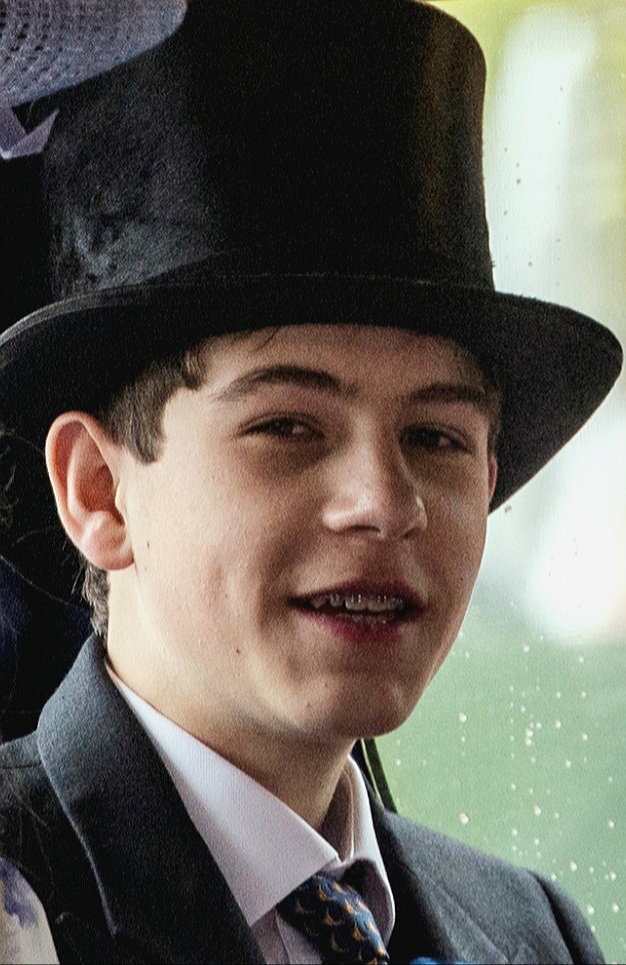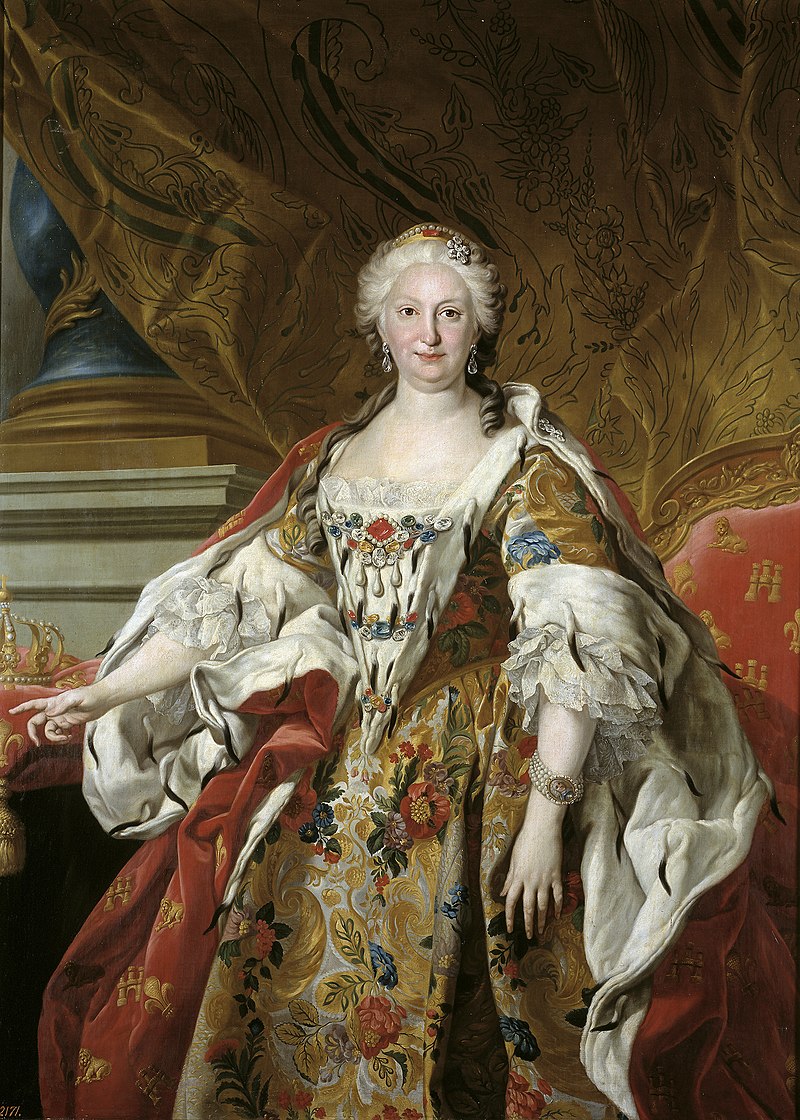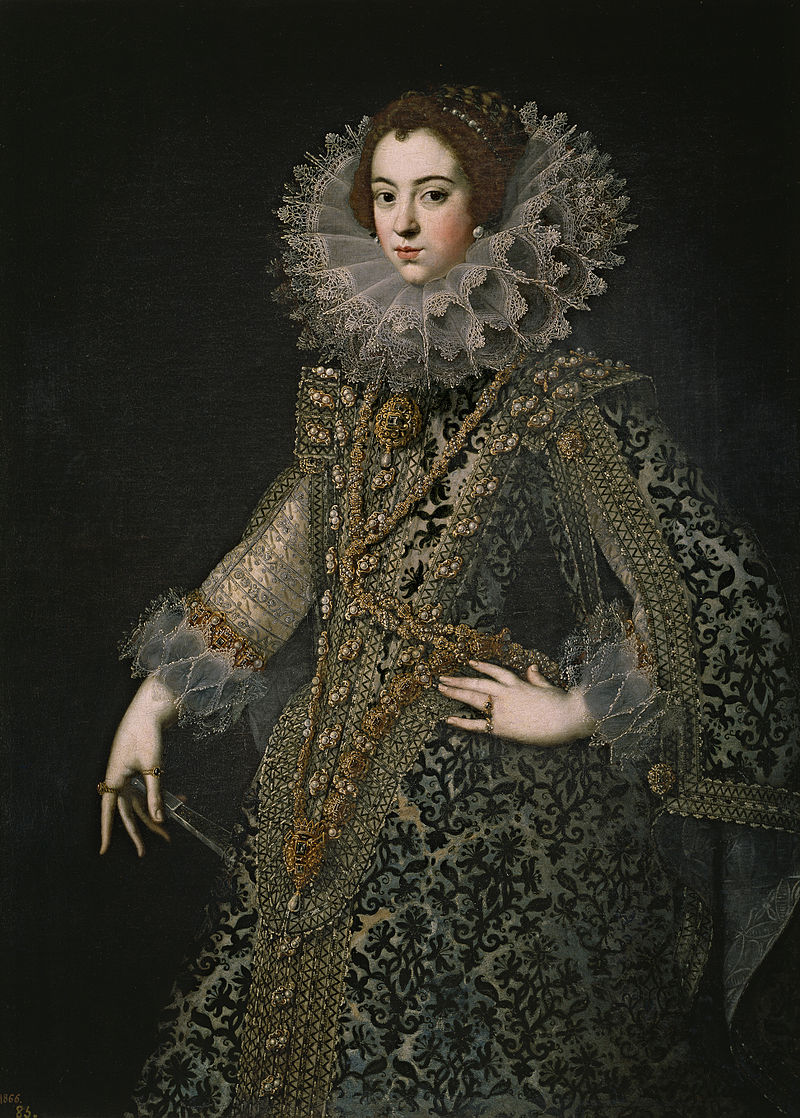by Susan Flantzer
© Unofficial Royalty 2019
Embed from Getty Images
On May 8, 2019, it was announced that the Duke and Duchess of Sussex had named their newborn son Archie Harrison Mountbatten-Windsor. I am going to admit up front that I am not crazy about the name Archie. However, naming a child is, of course, the prerogative of the parents. Archie is a name the Duke and Duchess liked and Harrison is from an English surname that means “son of Harry” and is quite fitting in this circumstance.
The names Alexander, Spencer, James, and Arthur were the betting favorites in the United Kingdom’s legal betting parlors. Less than 100 people bet money on Baby Sussex being named Archie. One lucky woman won more than £18,000 ($23,428) after she guessed that Baby Sussex’s name would be Archie. The unnamed woman bet £120 ($168) on the name at 150/1 odds after Baby Sussex was born on her grandson Archie’s birthday. She plans to put the winnings aside for her grandson.
********************
Derivation of the Names
Archie is a diminutive or nickname of the name Archibald which comes from the Old French Archaunbault and from Old High German Erchanbald. The first part of the name (archi-, archaun-, erchan-) means genuine. The second part of the name (-bald, -bault, -bald) means strong or bold. The name came to England via the Norman Conquest of 1066 and during the late Middle Ages, Archibald became a common name in Scotland.
Harrison is generally known as a surname although it is also used a first name and, in the case of Baby Sussex, as a middle name. In the British Isles, the origins of some surnames are linked to occupations. Obvious examples are Smith, Baker, and Carpenter. Other surnames can be linked to a place, for example, Hill or Green (a village green). There are also surnames that describe physical characteristics of the original bearer of the surname such as Brown, Short, or Thin. Lastly, there are surnames that used the first name of the original bearer plus the word “son” – Jackson originally came from Jack’s son and Harrison, originally came from Harry’s son.
Mountbatten-Windsor is the surname used by some of the male-line descendants of Queen Elizabeth II and Prince Philip, Duke of Edinburgh. Generally, Mountbatten-Windsor would be used by male-line descendants without royal styles. In 1917, because of anti-German sentiment during World War I, King George V changed the name of the royal house and family from Saxe-Coburg and Gotha to Windsor.
Prince Philp’s mother was born Princess Alice of Battenberg. In 1917, Battenberg was anglicized to Mountbatten. Shortly before Prince Philip became engaged to the future Queen Elizabeth II, he relinquished his Greek and Danish royal titles, adopted the surname Mountbatten from his mother’s family, and became a naturalized British subject.
In 1960, Queen Elizabeth II issued Letters Patent stating: “while I and my children will continue to be styled and known as the House and Family of Windsor, my descendants, other than descendants enjoying the style, title or attributes of Royal Highness and the titular dignity of Prince or Princess, and female descendants who marry and their descendants, shall bear the name Mountbatten-Windsor.”
********************
Archie in the United Kingdom
Archie has become a popular name in the United Kingdom. According to the Office of National Statistics, Archie was the 19th most popular name for boys in England with 2,651 boys being named Archie in 2017. Government statistics for 2017 in the other parts of the United Kingdom show Archie was the 15th most popular boys’ name in Wales and the 19th most popular boys’ name in Scotland. Archie is not quite as popular in Northern Ireland where it came in at number 32.
2017 – Most Popular Boys’ Names in England from Office of National Statistics
- Oliver
- Harry
- George
- Noah
- Jack
- Jacob
- Muhammad
- Leo
- Oscar
- Charlie
- William
- Henry
- Alfie
- Thomas
- Joshua
- Freddie
- James
- Arthur
- Archie
- Logan
********************
Archie in the United States
The name Archie is very uncommon in the United States where I am located. In 2017, Archie did not even make the top 1,000 boys’ names in the United States with only 156 boys being named Archie. The last time the name Archie was in the top 1,000 boys’ names in the United States was in 1988 when it was number 889. Living in a country of 327,000,000 people, Americans are not very likely to encounter anyone named Archie.
2017 – Most Popular Boys’ Names in the United States from the Social Security Administration
- Liam
- Noah
- William
- James
- Logan
- Benjamin
- Mason
- Elijah
- Oliver
- Jacob
- Lucas
- Michael
- Alexander
- Ethan
- Daniel
- Matthew
- Aiden
- Henry
- Joseph
- Jackson
In the United States, the name Archie conjures up visions of two fictional characters. Described as a lovable bigot, Archie Bunker, played by actor Carroll O’Connor, was a character on the 1970s situation comedy All in the Family. Archie Andrews was first created as a comic book character in the 1940s and is now appearing as a character in Riverdale, an American teen drama television series based on the characters of the Archie comic books. Perhaps this accounts for this American’s somewhat resistant attitude toward the name. The only famous American Archie I can think of is Archie Manning (born 1949), a National Football League quarterback. However, I really do not know him through his sports achievements but rather through his sons’ sports achievements. Archie Manning is the father of two National Football League quarterbacks Peyton Manning, who retired in 2016, and Eli Manning, who still plays for the New York Giants.
********************
Royal Connections

Margaret Tudor; Credit – Wikipedia

Archibald Douglas, 6th Earl of Angus; Credit – Wikipedia
There are two royal connections to the name Archibald. Margaret Tudor, daughter of King Henry VII of England and sister of King Henry VIII of England, married three times. Her first marriage was to James IV, King of Scots. After James IV was killed at the Battle of Flodden, which was fought against the army of his brother-in-law Henry VIII, Margaret’s seventeen-month-old son succeeded his father as James V, King of Scots. Under the terms of James IV’s will, Margaret was the regent for her son as long as she did not remarry.
Margaret sought an ally with the pro-English House of Douglas, and so she secretly married Archibald Douglas, 6th Earl of Angus. The marriage stirred up the jealousy of the nobles and the opposition of the faction supporting French influence in Scotland. Civil war broke out, and Margaret was stripped of her regency. Margaret and Douglas escaped to England where she gave birth to their only child Lady Margaret Douglas at Harbottle Castle in Northumberland, England.
Lady Margaret Douglas married Matthew Stewart, 4th Earl of Lennox and had two sons including Henry Stewart, Lord Darnley who married his first cousin Mary, Queen of Scots, the daughter of James V, King of Scots, and therefore the granddaughter of Margaret Tudor. They were the parents of James VI, King of Scots who succeeded to the English throne upon the death of Queen Elizabeth I of England as King James I of England. Archie Harrison Mountbatten-Windsor is, therefore, a descendant of Margaret Tudor and her first husband James IV, King of Scots and also her second husband Archibald Douglas, 6th Earl of Angus.
James V, King of Scots was the only child of James IV, King of Scots and Margaret Tudor to survive infancy. His daughter Mary, Queen of Scots was his only surviving child and she succeeded her father when she was six days old. However, James V had a number of illegitimate children. One of his illegitimate children was Lady Jean Stewart. Jean married Archibald Campbell, 5th Earl of Argyll. The couple had no children and divorced after twenty years of marriage.
********************
This article is the intellectual property of Unofficial Royalty and is NOT TO BE COPIED, EDITED, OR POSTED IN ANY FORM ON ANOTHER WEBSITE under any circumstances. It is permissible to use a link that directs to Unofficial Royalty.






























